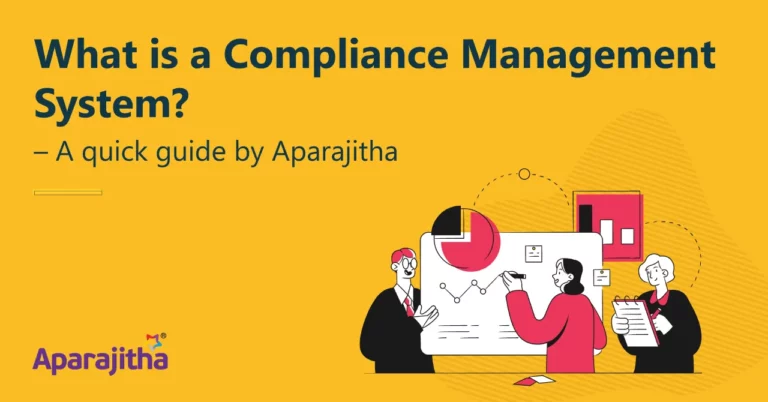The Indian economy has been on the growth path for the past few decades. This journey began with the announcement of economic reforms in the early nineties which allowed foreign direct investment in various sectors. We started slow but the main catalyst for growth was the information technology sector which became a major revenue generator. And then, over time, the large and growing Indian domestic market with increasing disposable incomes has become the centre of attraction, encouraging many more foreign companies to invest in India.
Could we have grown faster?
There have always been questions on whether India could have grown at a faster pace if we had better systems in place and if the governments in power could have done more to improve the ease of doing business in India. These are important questions today especially given the increasing number of corruption cases in India. And we are witnessing this across businesses be it the corporate, small and medium businesses, banks, government or public sector. Neither are we new to fraud cases of millions of dollars being siphoned for personal use by a few corrupt individuals. The real question though is what are we doing to prevent this in the future?
Waiting for a crisis?
It comes as no surprise that most investigations/probes have identified the lack of compliance and inadequate checks and balances to plug financial leaks as top reasons. As a country, we have been unsuccessful in stemming corruption – the main reason being the lack of willingness to invest in building an environment of compliance. Despite numerous cases coming to the fore in the past 2-3 years, top management of institutions still seems to be reluctant to invest in compliance management system, viewing it as dead investments. To make things worse, there is also a blind belief that it cannot happen to their institutions.
Baby steps to a secure future…
The financial crisis of 2008 opened the eyes of the western world. They did not invest enough in compliance before but were forced to mend ways and bring in tough measures. Today, compliance is an important pillar, mandated by regulatory bodies and strictly followed by the corporate. That said, the successful institutions did not restrict themselves to following minimum requirements but have strived to bring in a culture of compliance across the organization, starting right at the top.
India, on its part, studied the crisis and implemented quite a few measures but we seem to have missed on taking steps towards enforcing behavioural changes. As they say in the compliance world, it needs both carrots and sticks to make compliance work – we did a little of both but lost our way somewhere. It is time we buckle up and take ‘giant’ baby steps to regain that moment unless we are ready to sacrifice economic growth to corruption. The immediate step would be to adopt a ‘no compromise’ approach to compliance by the government and institutions alike.
Making Compliance work
That brings us back to square one. How do you support strategic management decisions and making compliance work at the same time?
Not an easy one, but there are enough guidelines to make this happen. At the government level, we are seeing big changes and policies being implemented to check frauds. For example, Banks have been asked to look into details of loans that are more than Rupees 50 crores. Similar measures are being thought out for other sectors to stem corruption. But these seem to be more reactive than well thought out. The pace of implementation is found lacking but it’s still the case of better late than never.
There is a lot that can be done by institutions though. Master steps that contribute to bringing about behavioural change, creating a conducive environment and building a culture of compliance are the need of the hour. The collective result of such steps at the institutional level is the only way to make compliance work in India or for that matter any country.
Setting up an independent compliance function is the critical first step. However, not all institutions will find this financially viable. The next best option is to implement compliance-focused policies within all business units. Senior management and business heads will have to take up additional responsibility to ensure there are no willful omissions. They will feel the pressure to ensure compliance and take strategic decisions without stifling growth.
How to be Compliance Ready: Quick steps
- List of all compliance requirements for your kind of organization
- Hire Compliance SMEs to plan and implement this program
- Identify the necessary tools/software for automation
- Take steps to build a culture of compliance, right from the top
- Communicate effectively and frequently reinforce compliance requirement messages
- Conduct periodic training to educate employees and stakeholders regarding the consequences of non-compliance both for employees and the organization as a whole
- Compliance audits and reports – these should provide enough data points to identify gaps and refine existing policies
The Way ahead…
Institutions will have to review their compliance infrastructure to meet regulatory requirements but also ensure this does not lead to further complexity. Compliance reports, in turn, should provide information for improvement in existing processes – it should rise above being a mere reporting tool. Successive policy improvements will result in better processes and lesser room for errors or complacency.







